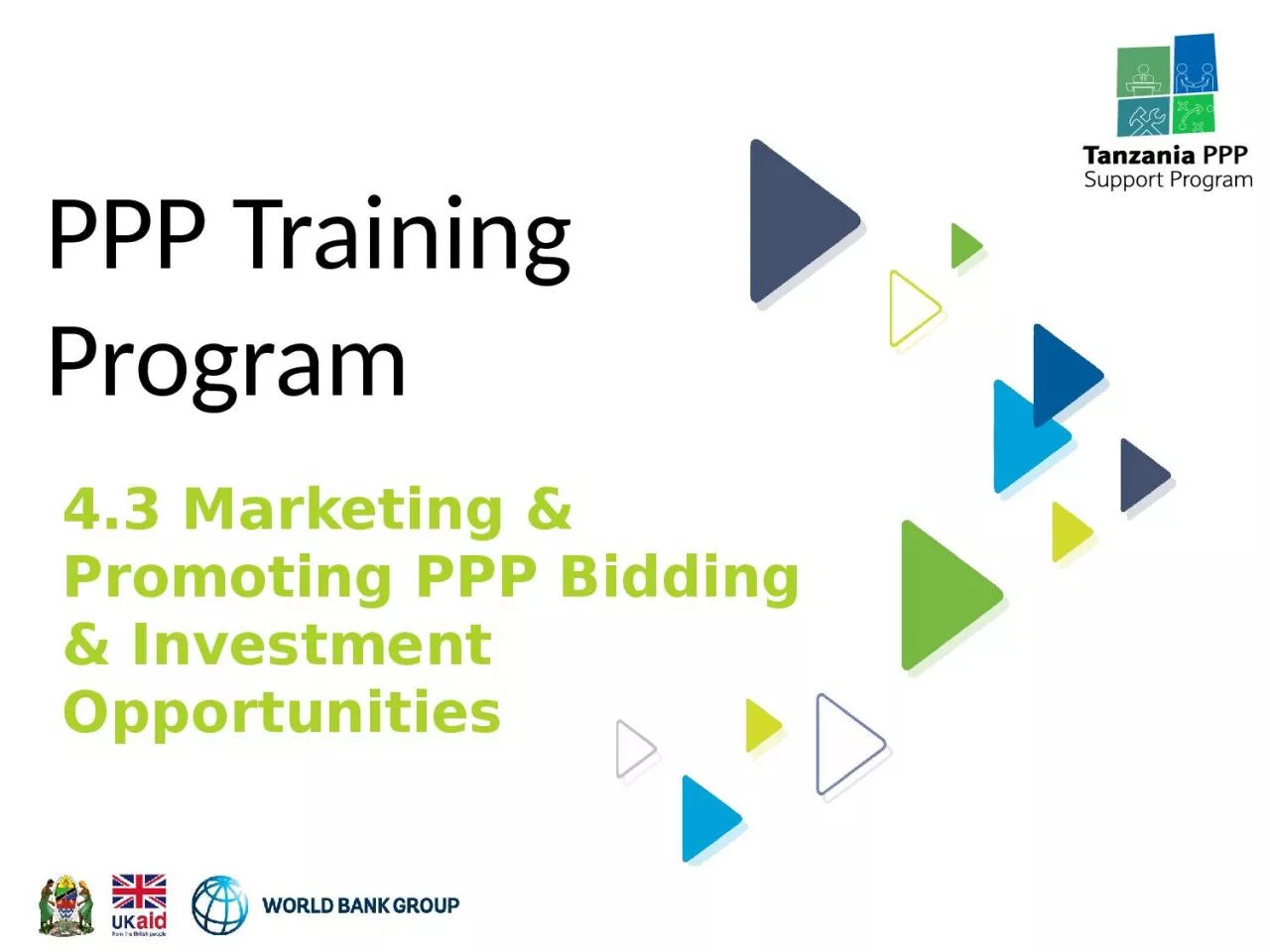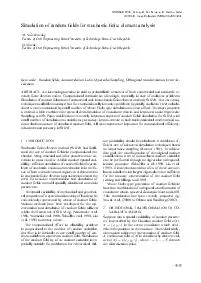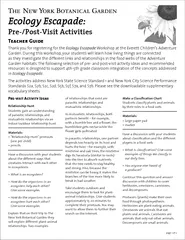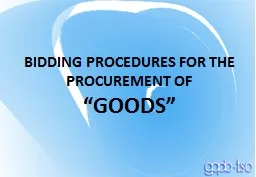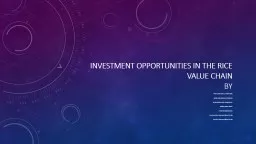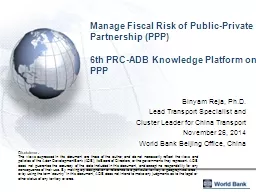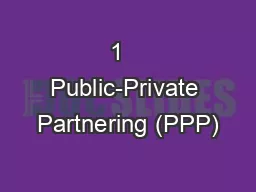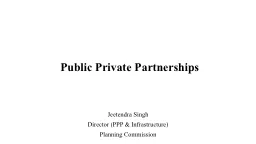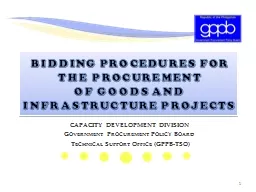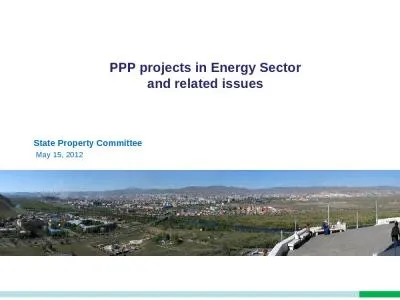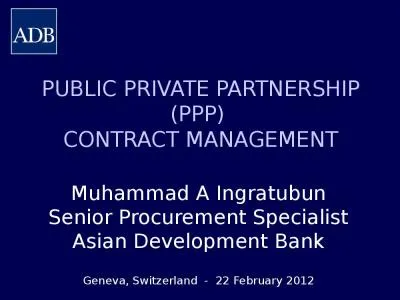PPT-PPP Training Program 4.3 Marketing & Promoting PPP Bidding & Investment Opportunities
Author : daisy | Published Date : 2023-07-27
Session Overview The Role marketing and promotion to achieving successful PPP procurements Menu of options to promote amp market PPP bidding opportunities PPP Investment
Presentation Embed Code
Download Presentation
Download Presentation The PPT/PDF document "PPP Training Program 4.3 Marketing &..." is the property of its rightful owner. Permission is granted to download and print the materials on this website for personal, non-commercial use only, and to display it on your personal computer provided you do not modify the materials and that you retain all copyright notices contained in the materials. By downloading content from our website, you accept the terms of this agreement.
PPP Training Program 4.3 Marketing & Promoting PPP Bidding & Investment Opportunities: Transcript
Download Rules Of Document
"PPP Training Program 4.3 Marketing & Promoting PPP Bidding & Investment Opportunities"The content belongs to its owner. You may download and print it for personal use, without modification, and keep all copyright notices. By downloading, you agree to these terms.
Related Documents

